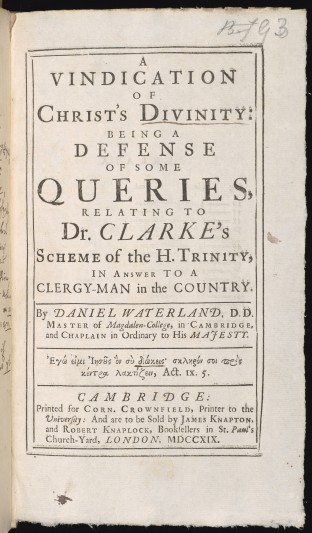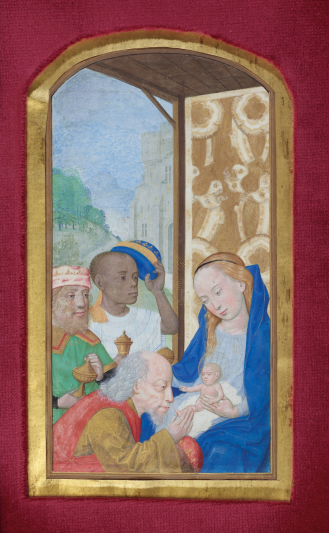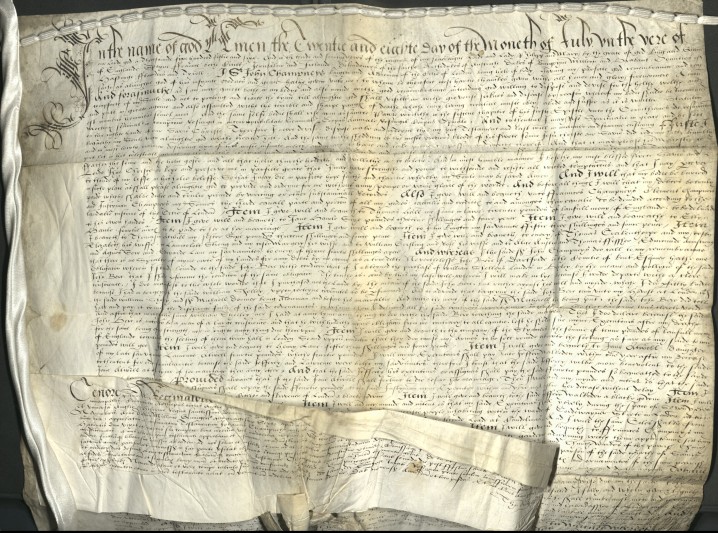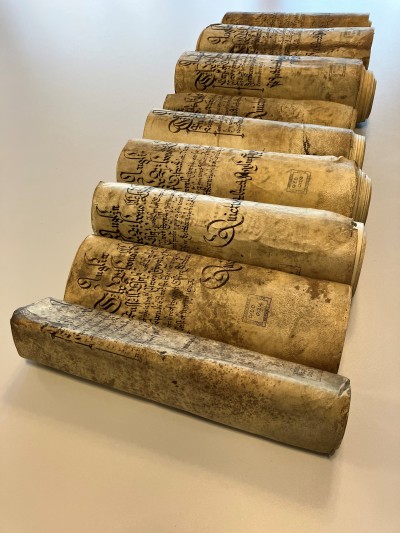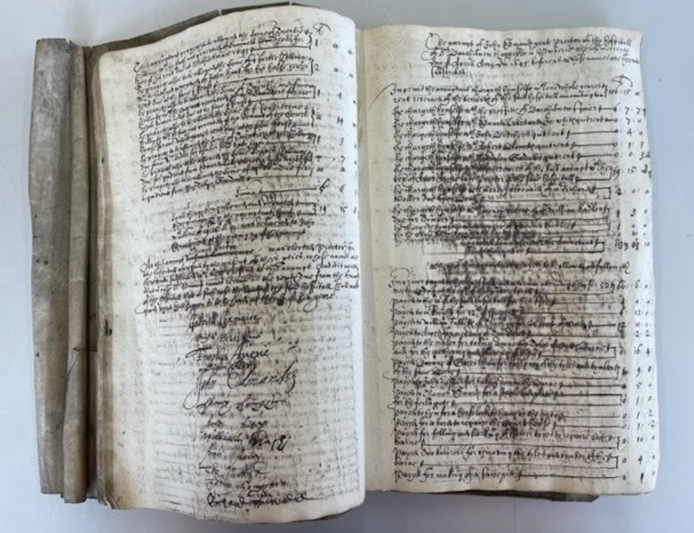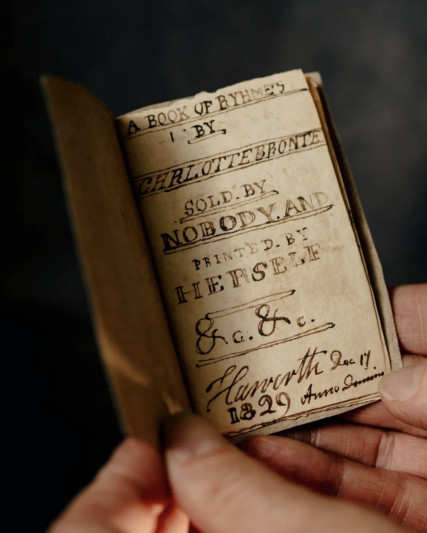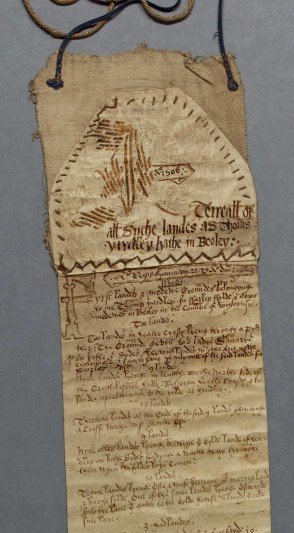Liam Sims, Rare Books Specialist, writes: Daniel Waterland was the most influential early 18th-century teacher of divinity in the University of Cambridge and the most significant defender of the doctrine of the Trinity, masterminding attacks on Clarke and l
Search FNL grants since 1931
Peepal Tree Press is an independent company based in Leeds and is the world’s leading publisher of Caribbean and Black British writing. Since its foundation in 1985, Peepal Tree has published well over 300 titles. Although operating on an international stage, Peepal Tree Press is a significant contributor to the cultural life and industry of Leeds and West Yorkshire.
The Hours of Louis Quarré is a lavishly illustrated manuscript, probably created in Ghent towards the end of the 15th century. By the time the manuscript was acquired by Francis Douce in 1832 (and bequeathed to the Bodleian by him in 1834), several of its full-page miniatures had been removed. The Bodleian does not routinely seek to acquire single leaves and miniatures, but in this case it recognised the value of reuniting the miniatures with the original volume.
Sir John Champneys was Lord Mayor of London in 1534. He began the building of Hall Place in 1538, at the same time he secured a 100 year lease of the Manor of Bexley from Thomas Cranmer, Archbishop of Canterbury. Shortly before the primate had exchanged it with Henry VIII for various other properties in Kent. Sir John built Hall Place using stones from a deserted monastery. Today the house is a major historical monument in the London Borough of Bexley. The will is significant because the formulation indicates that Sir John was Catholic in sympathies.
These rolls are presumed to be personal copies of Edward Russell (1653-1727). They are formal documents, written with iron gall ink in a court hand onto parchment membranes. Each roll consists of many membranes that are sewn together.
Proctors’ account book for St Bartholomew’s Hospital, Newbury, Berkshire, 1624-1697, together with three deeds for properties in Northbrook Street, Newbury, 1689, 1733 and 1796. The account book relates to an ancient charity within the town of Newbury, Berkshire. The Hospital of St Bartholomew is first recorded in 1215, when King John granted it the right to hold a two-day fair. The hospital was an almshouse, though, at the Reformation, it became associated too with the town’s grammar school (now a state-funded academy). By the end of the 16th century, its affairs were managed by the town’s corporation, and in 1837 it was merged into the Newbury Municipal Charities. The hospital was rebuilt in 1698 and this building still stands in Argyle Road, Newbury.
This 'little book' written by Charlotte when she was 13, was thought to be the last of the little books still in private hands. In 2021 FNL donated 7 little books from the Blavatnik Honresfield Library to the joint ownership of the Brontë Parsonage Museum, the British Library and the Brotherton Library (University of Leeds). FNL was determined to raise the funds needed to buy the manuscript and donate it to Brontë Parsonage and successfully raised the $1.25m required within just a few months thanks to many generous donors.
The terrier is a beautifully preserved account of Thomas Yardley’s land with a few drawings and scratchy cartoon letters, on two pieces of parchment sewn roughly together, and then again sewn on a cloth binding at the title end. Some twenty-four estates are referred to in the roll. It is extremely valuable in terms of information on this area of Worcestershire for which we hold very little from this period.
This set of design drawings for the ‘Campanula’ tea and coffee service, which was designed by French designer Paul Follot (1877-1941) for Wedgwood. There are ten drawings in the set, drawn in pencil on tracing paper and paper. The design drawings and the extraordinary finished pieces, which were also acquired, fill an important gap in the V&A Wedgwood Collection, and are a wonderful example of the Wedgwood company’s tradition of working with innovative artists to create their designs. The service was also acquired from the same sale - it is the only known example of the 'Campanula' pattern and shape in existence.
